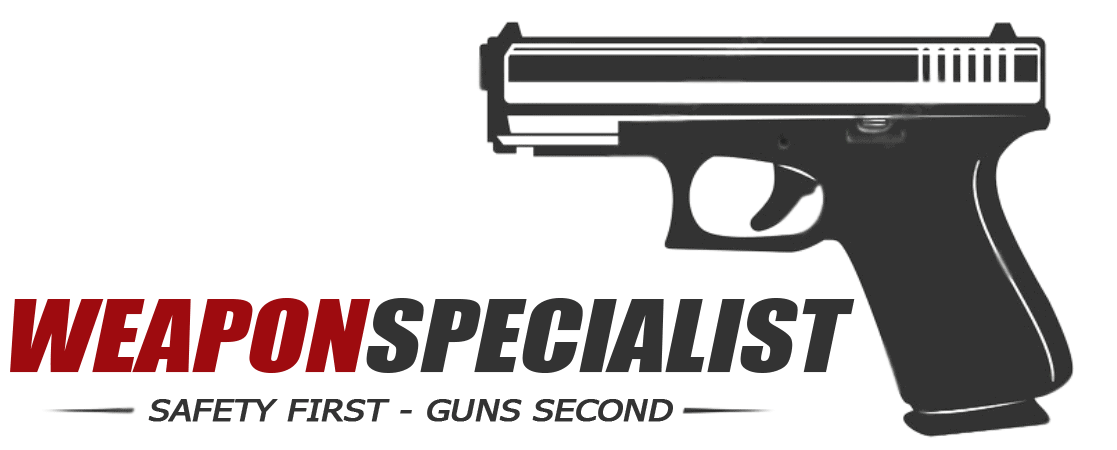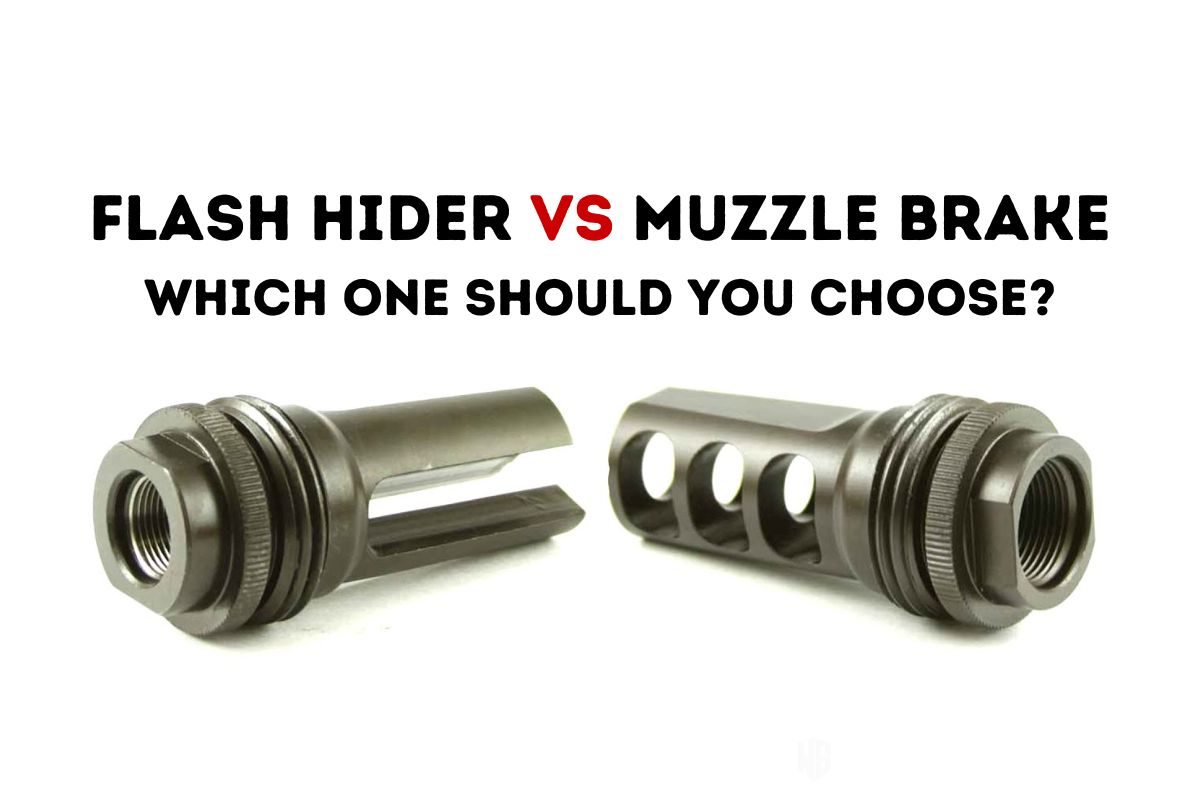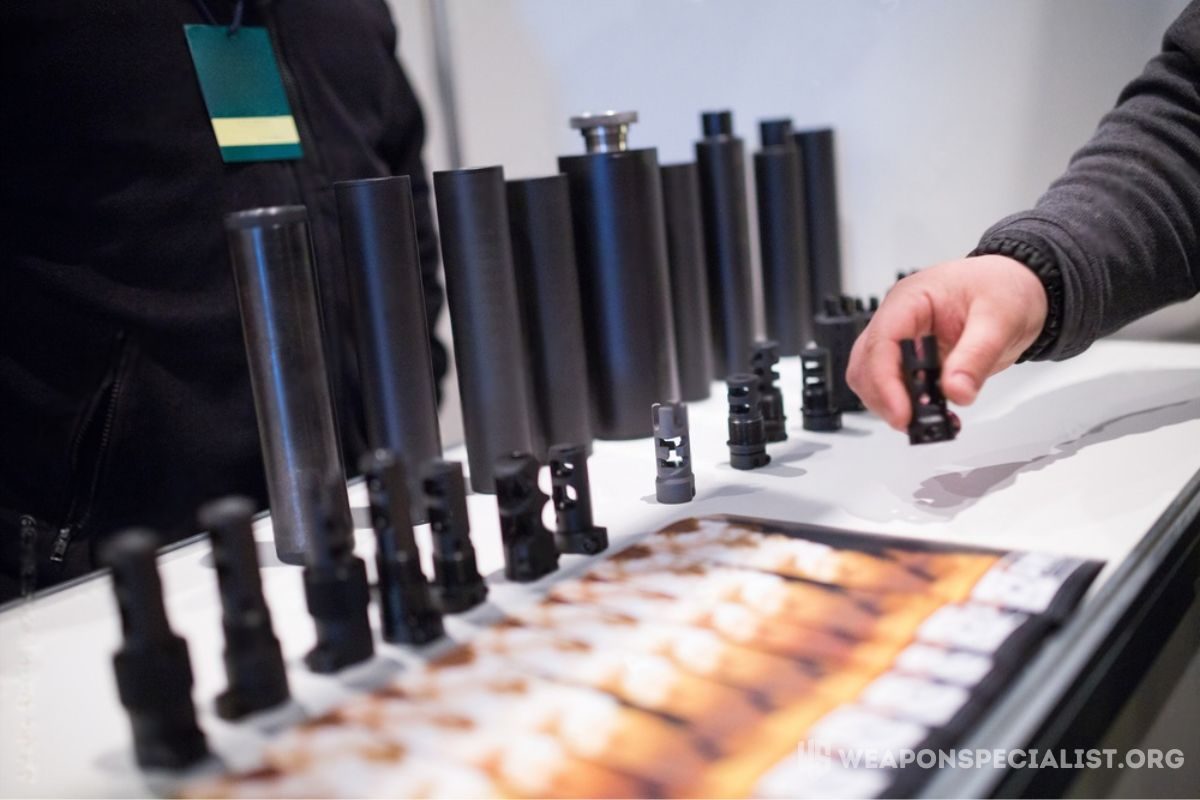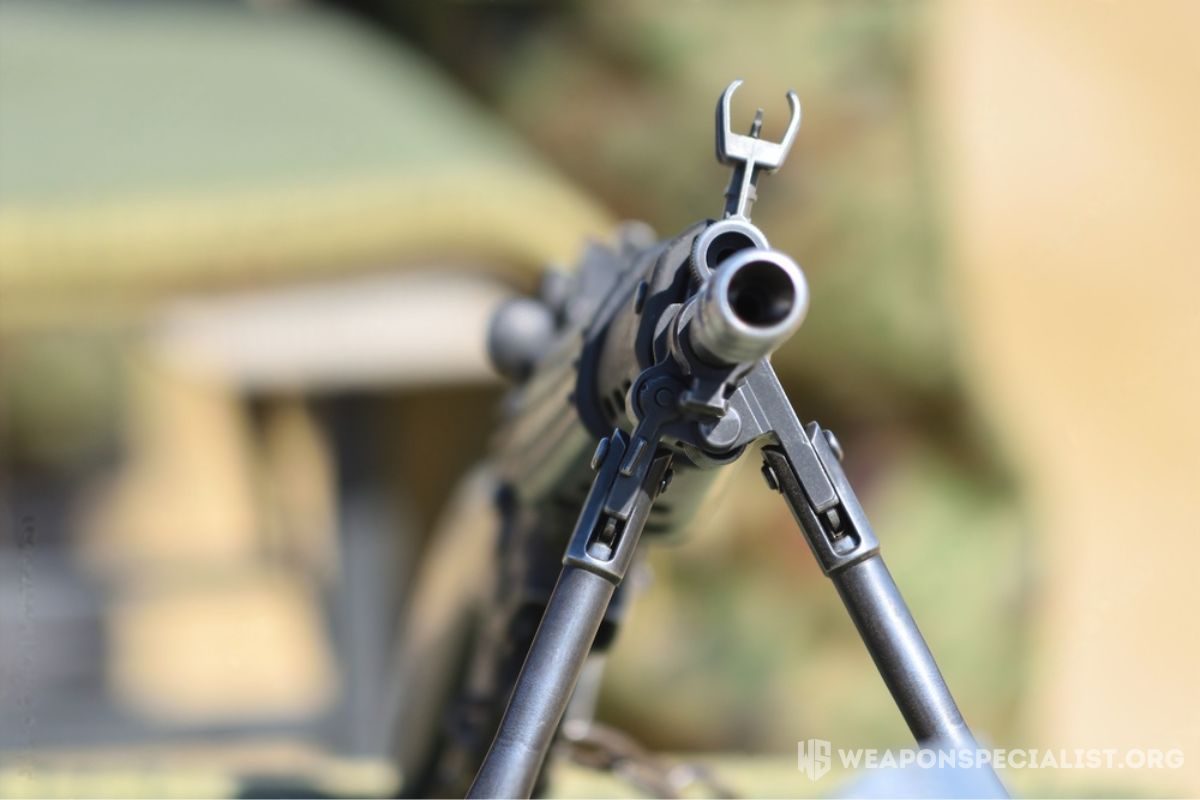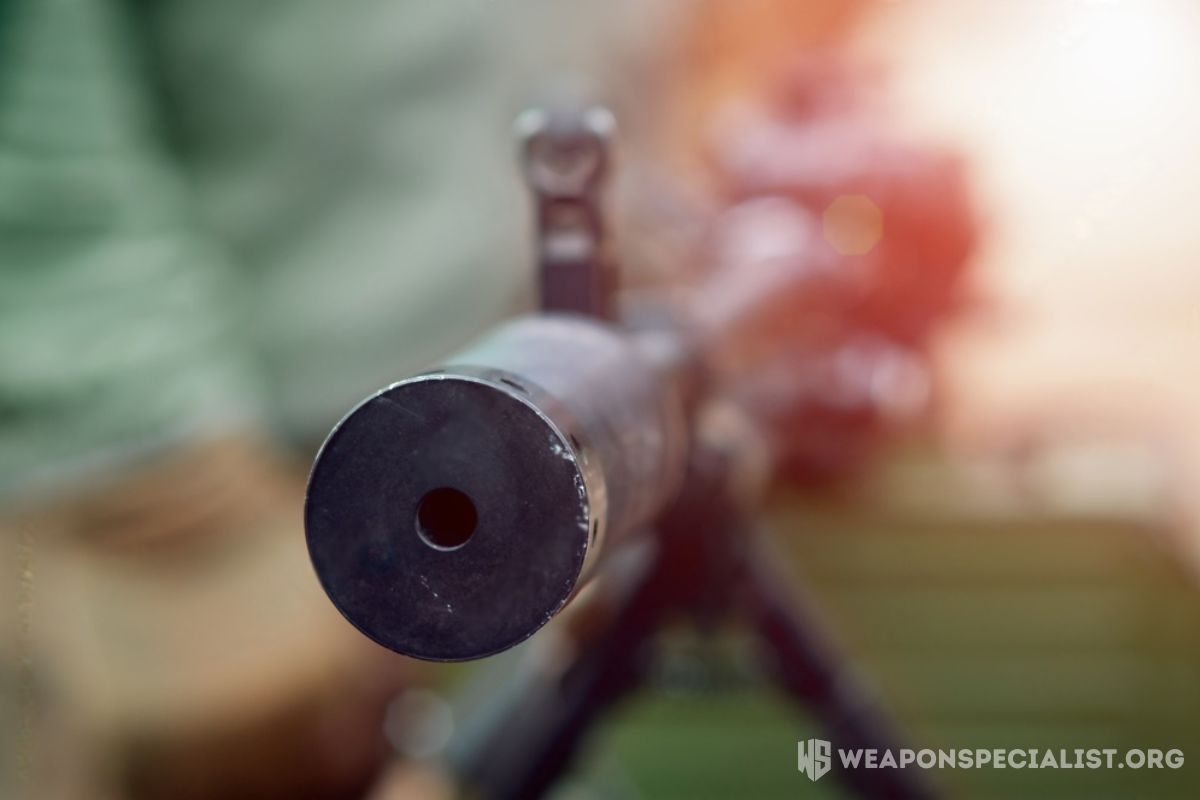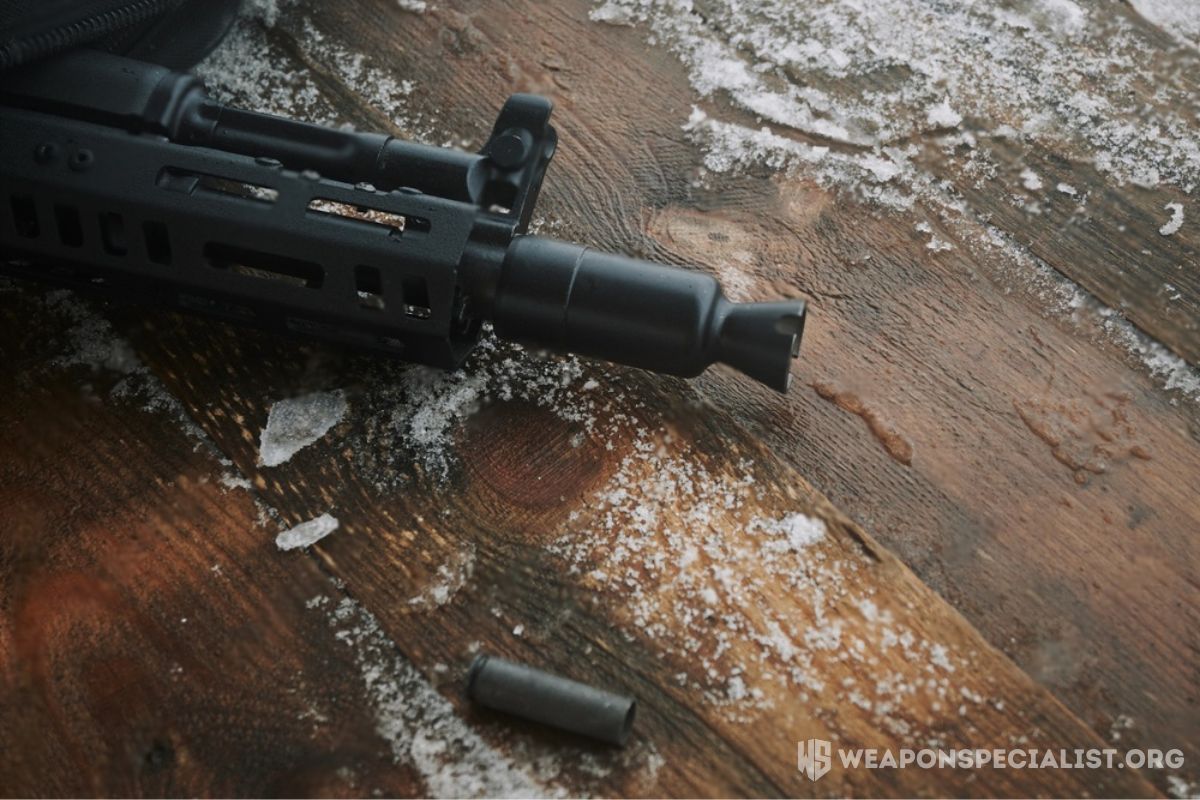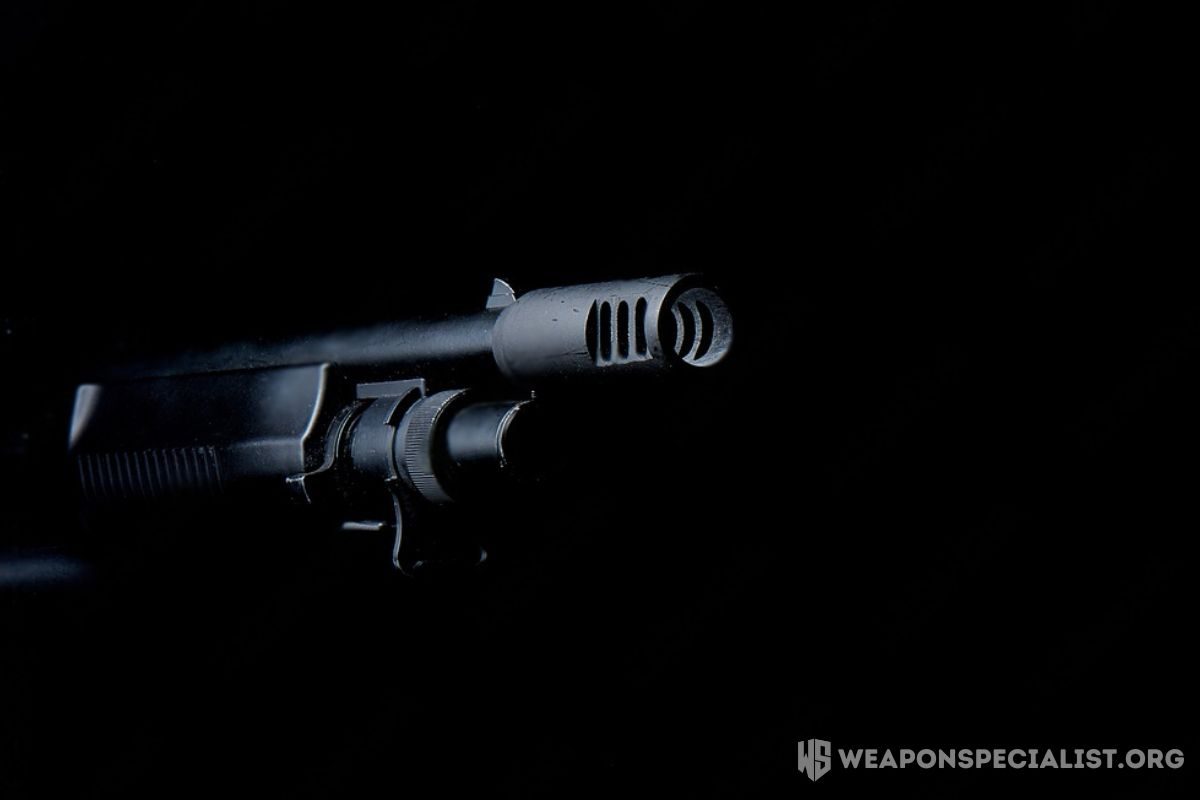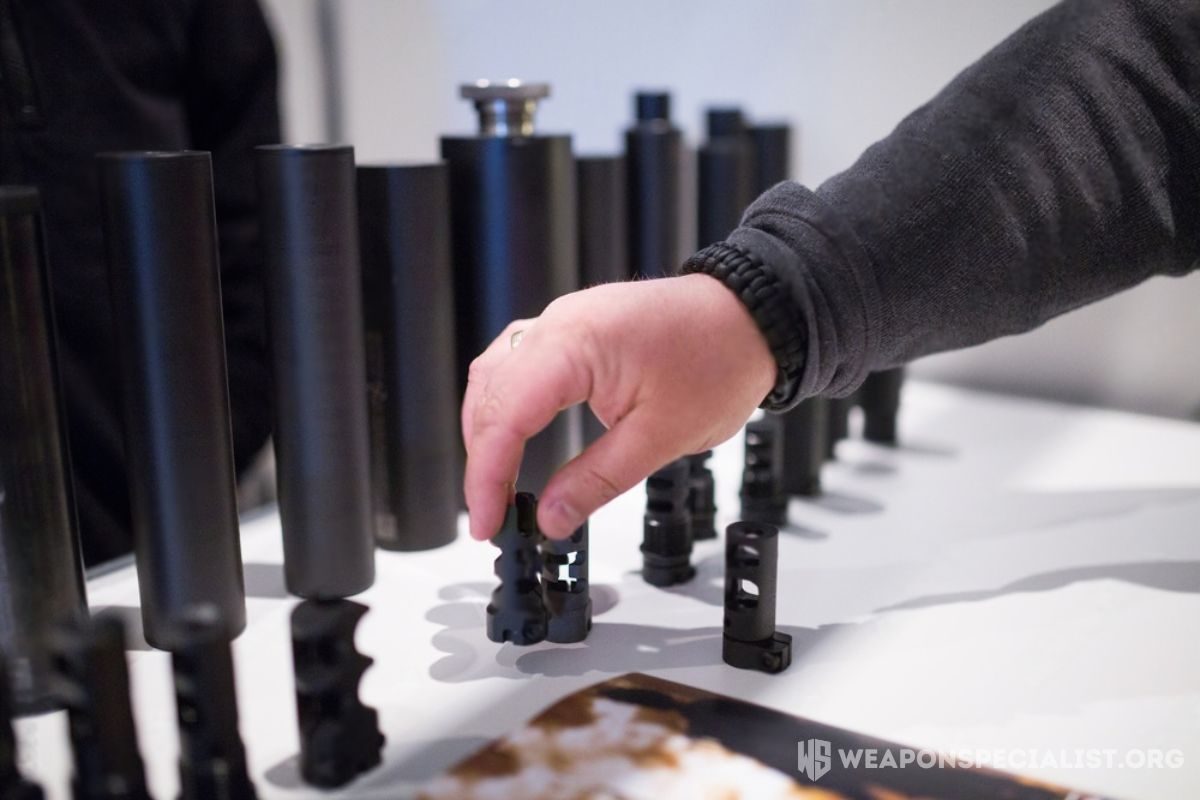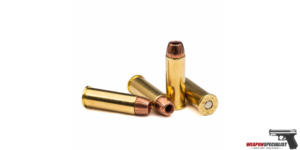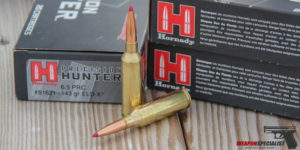When it comes to firearms, muzzle devices play an essential role in reducing recoil, improving accuracy, and minimizing the visible signature of the muzzle flash. Two popular types of muzzle devices are flash hider and muzzle brake, but many gun owners are confused about the differences between the two.
While both flash hiders and muzzle brakes serve different purposes, it’s important to understand their differences to choose the right device for your firearm.
In this article, I will explore the differences between flash hiders and muzzle brakes, their pros and cons, and which one is the best choice for your firearm.
What is a Flash Hider?
A flash hider is a muzzle device that attaches to the end of a firearm’s barrel. It is designed to reduce the visible muzzle flash that is produced when a bullet is fired.
This flash can be blinding and disorienting, especially in low-light conditions, and can also reveal the shooter’s position to others in the vicinity. Flash hiders are commonly used by military and law enforcement personnel, as well as hunters and sport shooters.
A flash hider works by disrupting the hot gases that are expelled from the barrel when a bullet is fired. These gases are what create the bright flash of light that can be seen at the end of the barrel.
The flash hider redirects these gases in such a way that they are no longer visible to the naked eye. This is achieved through a combination of baffles and ports that are strategically placed within the device.
Flash hiders are not to be confused with muzzle brakes, which are designed to reduce recoil and muzzle rise. While both devices attach to the end of the barrel and have similar appearances, they serve different purposes and are not interchangeable.
It is worth noting that flash hiders are legal in most states, but there are some exceptions. It is important to check your local laws and regulations before purchasing or using a flash hider.
What is a Muzzle Brake?
A muzzle brake is a device that attaches to the end of a firearm’s barrel, which helps to reduce the amount of recoil felt by the shooter. When a gun is fired, the bullet travels down the barrel and exits the muzzle at a high velocity.
This creates a large amount of gas and pressure that pushes back against the shooter’s shoulder, causing recoil. The muzzle brake is designed to redirect some of this gas and pressure to reduce the amount of recoil felt by the shooter.
When a gun is fired, the bullet travels down the barrel and exits the muzzle at a high velocity. This creates a large amount of gas and pressure that pushes back against the shooter’s shoulder, causing recoil.
The muzzle brake is designed to redirect some of this gas and pressure to reduce the amount of recoil felt by the shooter.
A typical muzzle brake consists of a series of small ports or holes that are drilled into the sides of the device. When the gun is fired, the gas and pressure that are created by the bullet’s exit from the muzzle are forced out through these ports, which helps to counteract the recoil.
Some muzzle brakes are designed to be more effective than others, depending on the specific needs of the shooter.
For example, some muzzle brakes are designed to reduce recoil by as much as 50%, while others may only reduce it by 10-20%. Additionally, some muzzle brakes may be more effective at reducing recoil for certain types of firearms or calibers.
Quick Flash Hider vs Muzzle Brake Comparison Table
| Feature | Flash Hider | Muzzle Brake |
|---|---|---|
| Primary Purpose | Reduce Flash Signature | Mitigate Recoil and Muzzle Rise |
| Function | Redirects gases to reduce visible muzzle flash | Redirects gases to reduce recoil and muzzle rise |
| Recoil Reduction | Limited to negligible | Significant reduction |
| Muzzle Rise Reduction | Limited to negligible | Significant reduction |
| Accuracy Impact | Minimal | Minimal to slight |
| Sound Suppression | Minimal | Minimal |
| Maintenance | Easy to clean and maintain | Easy to clean and maintain |
| Aesthetics | Often used for military or tactical appearance | Often used for tactical appearance; can be more aggressive-looking |
| Use Cases | Night shooting, covert operations, preserving night vision | Competition shooting, rapid follow-up shots, overall control during firing |
| Compatibility | Works well with both semi-automatic and automatic firearms | Works well with semi-automatic firearms; may not be suitable for fully automatic firearms due to increased muzzle rise |
| Legal Considerations | Generally unrestricted | Check local regulations and laws as some jurisdictions may have restrictions on muzzle devices |
| Weight | Generally lighter | Generally heavier |
| Cost | Usually less expensive | Usually more expensive |
Detailed Flash Hider and Muzzle Brake Comparison
Recoil Reduction
Both flash hiders and muzzle brakes can help reduce recoil, but muzzle brakes are generally more effective. Muzzle brakes are designed to redirect gases and reduce the amount of energy that is transferred to the shooter’s shoulder.
This can make a big difference, especially when firing larger caliber rifles. Flash hiders, on the other hand, are primarily designed to reduce the visible flash that comes out of the barrel when the gun is fired.
Noise Reduction
Muzzle brakes can be very effective at reducing recoil, but they can also increase the noise level of the gunshot. Flash hiders, on the other hand, are designed to reduce the amount of noise that is produced when the gun is fired.
This can be especially important for hunters who want to avoid spooking game with loud gunshots.
Flash Reduction
As mentioned earlier, flash hiders are primarily designed to reduce the visible flash that comes out of the barrel when the gun is fired. This can be important in low-light situations or when firing in close proximity to other people.
Muzzle brakes, on the other hand, can actually increase the amount of visible flash that comes out of the barrel.
Accuracy Improvement
Both flash hiders and muzzle brakes can have an impact on accuracy, but muzzle brakes are generally considered to be more effective in this regard.
Muzzle brakes can help reduce the amount of muzzle rise and recoil, which can make it easier to stay on target and take follow-up shots quickly.
Flash hiders, on the other hand, do not have any direct impact on accuracy.
Which One is Right for You?
Ultimately, the decision depends on how you plan to use your firearm. If you prioritize reducing muzzle flash and maintaining a lower profile in low-light situations or covert operations, a flash hider may be the better choice.
On the other hand, if you want to improve control, reduce recoil, and enhance shooting performance, a muzzle brake is likely the more suitable option.
Keep in mind that some muzzle devices on the market may be hybrid models, combining features of both flash hiders and muzzle brakes. These hybrid devices aim to strike a balance between flash reduction and recoil management.
When making a choice, consider the specific design, caliber, and intended use of your firearm, and if possible, try out different options to see which one feels more comfortable and effective for you.
FAQs
1. What is the primary purpose of a flash hider?
The primary purpose of a flash hider is to reduce the visible muzzle flash that occurs when firing a firearm. It achieves this by redirecting the gases produced upon firing to the sides, away from the shooter’s line of sight, thus making the flash less visible.
2. Can a flash hider reduce recoil?
While a flash hider is not designed to reduce recoil, it may provide a slight reduction in felt recoil due to the redirection of gases. However, the effect on recoil is minimal compared to a dedicated muzzle brake.
3. What is the main function of a muzzle brake?
The main function of a muzzle brake is to reduce recoil and muzzle rise when firing a firearm. It redirects gases produced upon firing to the sides and sometimes slightly backward, which counteracts the recoil and helps keep the muzzle down, allowing for faster follow-up shots and improved control.
4. Can a muzzle brake reduce muzzle flash?
While a muzzle brake can have some impact on reducing muzzle flash due to gas redirection, it is not as effective as a flash hider in this regard. The primary purpose of a muzzle brake is recoil management, not flash reduction.
5. Are flash hiders legal in all jurisdictions?
Flash hiders are generally less regulated and are legal in most jurisdictions. However, it’s essential to check local firearms laws and regulations to ensure there are no restrictions or limitations regarding the use of flash hiders.
6. Are muzzle brakes legal everywhere?
Muzzle brakes are legal in many places, but some regions or shooting ranges may have restrictions or noise-related regulations due to the potential increase in noise that muzzle brakes can produce. It is crucial to check local laws and shooting range rules before using a muzzle brake.
Conclusion
In conclusion, the choice between a Flash Hider vs Muzzle Brake depends on your specific firearm needs and intended use. If you prioritize reducing visible muzzle flash and maintaining a lower profile during night operations or covert scenarios, a flash hider may be the ideal option.
On the other hand, if you seek to enhance control, reduce recoil, and improve shooting performance, a muzzle brake would be more suitable.
To gain a comprehensive understanding of these muzzle devices and explore further topics related to firearms and weapon accessories, we urge users to follow and read other informative articles at weaponspecialist.org.
There, you can find valuable insights and expert advice to make informed decisions about your firearm setup and get the most out of your shooting experiences.
Last Updated on November 21, 2023 by
